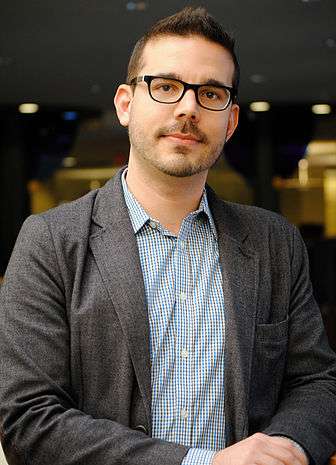How geospatial characteristics affect those most affected by HIV

Young men who have sex with men (YMSM), particularly racial/ethnic minorities and youth living in socioeconomically disadvantaged communities, are disproportionately affected by the human immunodeficiency virus (HIV) epidemic in the United States. By examining multilevel studies for evidence of how geospatial indicators are associated with HIV prevention and care outcomes for this population, a new study proposes strategies to intensify prevention efforts in communities where HIV is heavily concentrated.
By synthesizing how the demographic, physical and social contexts where individuals interact correlate to behavioral and biological HIV risk, the researchers identified a range of geospatial vulnerabilities that contribute to HIV disparities among YMSM across 17 different studies published since 2010. Their findings, "Geospatial Indicators of Space and Place: A Review of Multilevel Studies of HIV Prevention and Care Outcomes Among Young Men Who Have Sex With Men in the United States," have been published in The Journal of Sex Research.
The study aligns with the vision of the National HIV/AIDS Prevention Strategy's call for policy and community efforts to strengthen accessibility to, and quality of, HIV prevention and care resources for YMSM. It proposes new areas of inquiry and informs the design of future multilevel interventions for this population.
"Our ?ndings highlight the importance of understanding how structural factors shape access to high-quality HIV prevention and care services and contribute to HIV disparities across geographic areas," says University of Pennsylvania School of Nursing's José A. Bauermeister, PhD, MPH, Presidential Associate Professor of Nursing, who led the study. Bauermeister also is director of the Program in Sexuality, Technology and Action Research (PSTAR).




















